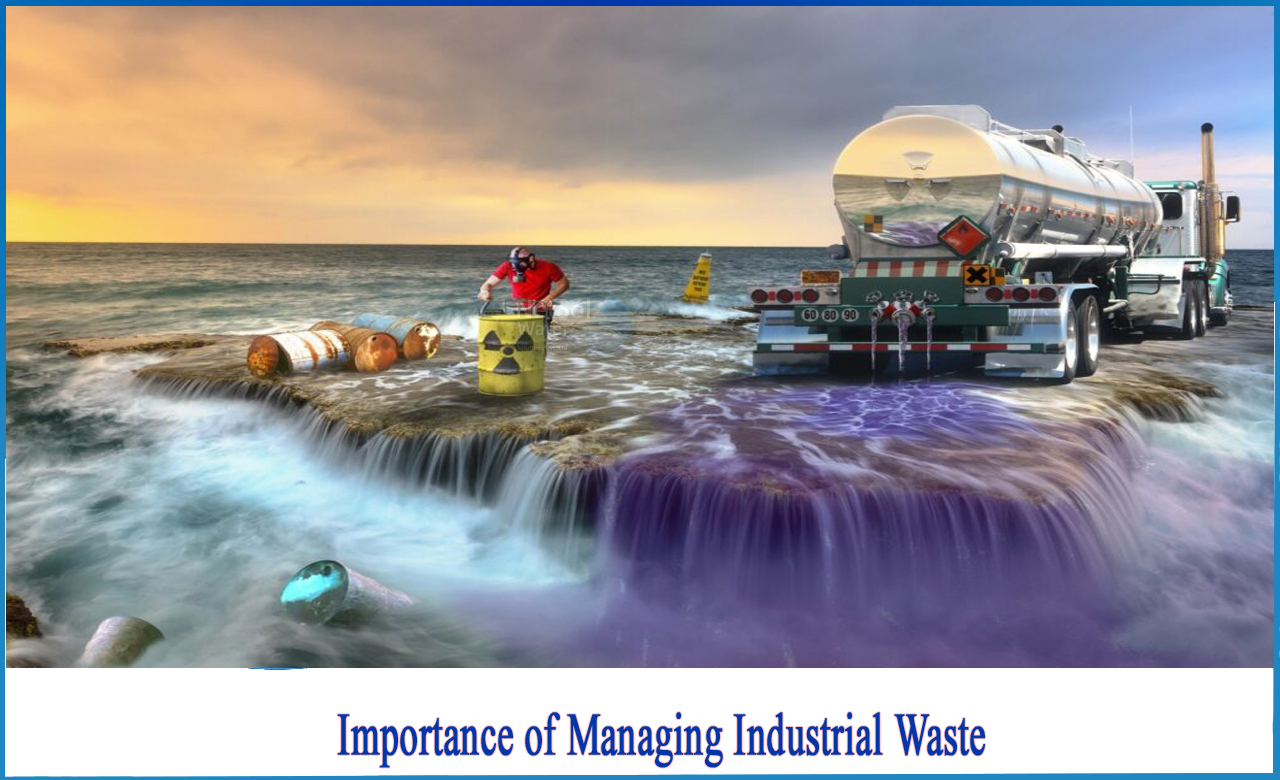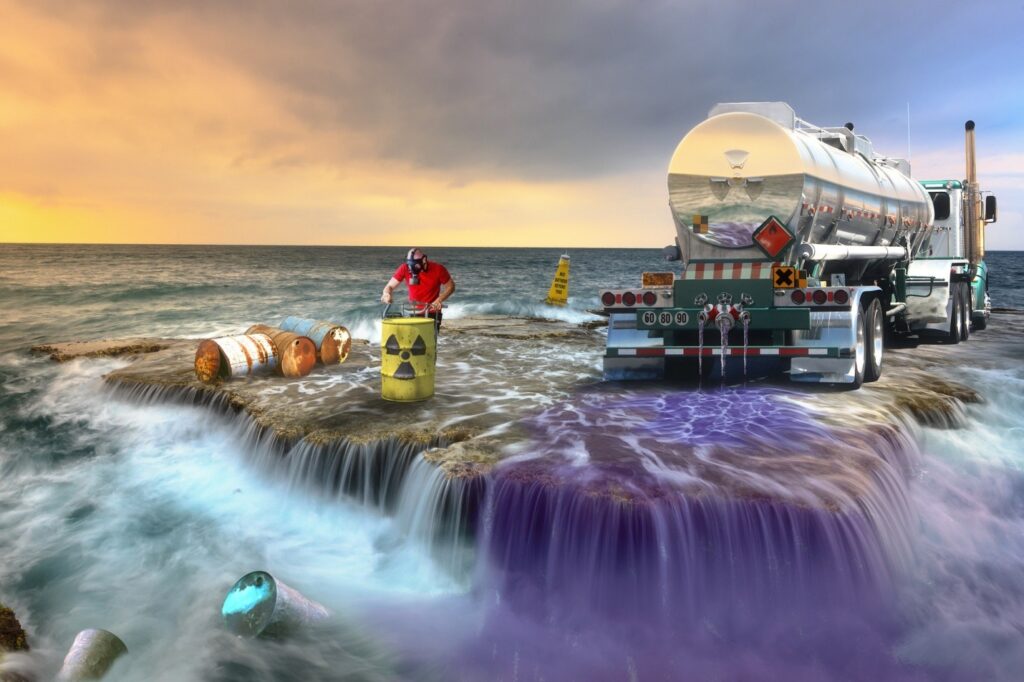The Ultimate Guide To Reclaim Waste
The Ultimate Guide To Reclaim Waste
Blog Article
A Biased View of Reclaim Waste
Table of ContentsReclaim Waste for DummiesReclaim Waste Can Be Fun For Anyone3 Simple Techniques For Reclaim WasteWhat Does Reclaim Waste Mean?How Reclaim Waste can Save You Time, Stress, and Money.
Residential sewage waste refers to the waste and items from a residential septic container. The proper monitoring and disposal of domestic sewage waste call for liquid waste to be moved to a sewage therapy plant where the proper techniques and tools are applied to cleanse and dispose of waste.
Commercial waste commonly consists of prospective dangers, such as flammable materials or a mixture of fluid and solid waste products, and needs an advanced and in-depth disposal process. The disposal of industrial waste usually involves the filtering of waste before transportation to guarantee secure and correct disposal. Industrial waste is created from results and overflow of commercial processes and production.
This kind of waste can not make use of the same sewage administration transport or procedures as septic or commercial liquids. The industrial waste administration procedure calls for the inspection and testing of liquid waste before it goes through the disposal process (industrial wastewater treatment). Runoff waste is the liquid waste that comes from overflow and excess stormwater in extremely inhabited areas or cities
Drainage waste can create contamination and flooding if not taken care of effectively. Making certain correct waste monitoring can stop catastrophes and decrease ecological harm.
The smart Trick of Reclaim Waste That Nobody is Talking About
Contact PROS Solutions today to discover our waste administration and disposal solutions and the appropriate means to care for the fluid waste you produce.
(https://hub.docker.com/u/reclaimwaste1?_gl=1*1980ev1*_ga*MTgwOTc3Nzc2OS4xNzMxMzI1Mzkw*_ga_XJWPQMJYHQ*MTczMTMyNTM5MC4xLjEuMTczMTMyNTcwOC4xMC4wLjA.)Do you know what takes place to your water when you pull the plug, flush the commode or drain the washing equipment? No? Well, it deserves knowing. This supposed 'wastewater' is not only an important resource however, after treatment, will certainly be released to our land, rivers or the sea. Made use of water from commodes, showers, baths, cooking area sinks, laundries and industrial procedures is known as wastewater.

water utilized to cool down equipment or clean plant and equipment). Stormwater, a discover here type of wastewater, is runoff that flows from agricultural and metropolitan areas such as roofings, parks, yards, roads, courses and rain gutters right into stormwater drains pipes, after rain. Stormwater flows without treatment straight to regional creeks or rivers, ultimately reaching the ocean.
Reclaim Waste Fundamentals Explained
In Queensland, a lot of wastewater is dealt with at sewage therapy plants. Wastewater is transferred from domestic or commercial sites with a system of sewage systems and pump stations, understood as sewerage reticulation, to a sewer therapy plant. City governments construct, keep and run most sewer therapy plants. Operators are accredited under the Environmental Protection Act 1994 to discharge treated wastewater at an acceptable environmental standard into waterways.
The Division of Natural Resources suggests city governments concerning handling, operating and preserving sewerage systems and therapy plants. In unsewered locations, regional federal governments might need householders to install individual or house sewer therapy systems to deal with domestic wastewater from toilets, kitchens, bathrooms and washings. The Division of Natural Resources authorises making use of house systems when they are confirmed to be efficient.
In some new subdivisions, therapy of some stormwater to remove clutter, sand and gravel has actually begun making use of gross contaminant traps. Wastewater therapy occurs in 4 stages: Eliminates strong matter.
Utilizes little living organisms understands as micro-organisms to damage down and remove staying liquified wastes and great particles. Micro-organisms and wastes are included in the sludge.
See This Report on Reclaim Waste
Nutrient removal is not offered in all sewage therapy plants due to the fact that it needs pricey specialized tools. It is becoming much more usual in Queensland. Clear liquid effluent created after therapy might still have disease-causing micro-organisms. If this effluent is released into waterways such as rivers or the sea, the micro-organisms will ultimately die out.

This generally suggests wastewater has actually to be dealt with or pollutants eliminated before it can be released to rivers. The majority of wastewater moves right into the sewerage system. Under the Act, local federal governments carry out authorizations and licences for environmentally pertinent tasks (Ages) including wastewater releases that could have a regional effect. The department carries out authorizations and licences to Ages entailing wastewater releases that could have a local or statewide effect.
The Buzz on Reclaim Waste
Monitoring provides factual information regarding water top quality and can validate that permit problems are being met. The information acquired with surveillance provides the basis for making water quality choices.
Report this page